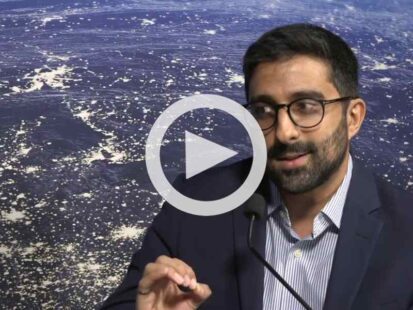Hakan Ergun, a Research Expert in Power System Modelling & Optimisation for EnergyVille, discusses some of the key challenges that solutions operators face when it comes to transmission grid planning and operations.
“I think the main challenge is to be able to take many of the operational uncertainties that we have in the power grid already into account in the system planning that we can actually design a system that is that is robust to the future,” said Hakan Ergun in an exclusive interview at Enlit Europe.
More from Enlit Europe
We don’t know what the future of the grid looks like… yet
European energy bosses join IEA’s call for grid action
Traditionally, planning relied on simplified models that didn’t capture the full range of potential scenarios. However because of the new devices being introduced into the system that power electronics “with all the control capabilities, and all the stability issues that bring all these devices to the table. It’s not possible anymore to distinguish between planning and operational models,” says Ergun.
When it comes to technological advancements that will help resolve these challenges, Ergun says that one of the major technologies needed is High Voltage Direct Current (HVDC) technology and being able to use HVDC grids. He also speaks about converter technologies and cable technologies and notes that there are some issues with these technologies.
“But maybe one of the key issues that is lacking a little bit is that many of these technologies are also intellectual property of many of the different producers, vendors that we have”
While technological advancements are encouraging, ensuring interoperability remains a significant challenge. With various vendors and intellectual property rights involved, the lack of standardized interoperability testing and frameworks can hinder the widespread adoption and integration of new technologies. However, Ergun notes that this is not necessarily a technological problem.
“I think it’s more of a problem on how do we deal with intellectual property rights, how, do we deal with regulatory frameworks and so on.”
As the grid transitions from traditional inertia-based generation to inverter-based renewables, maintaining system stability becomes increasingly complex.



